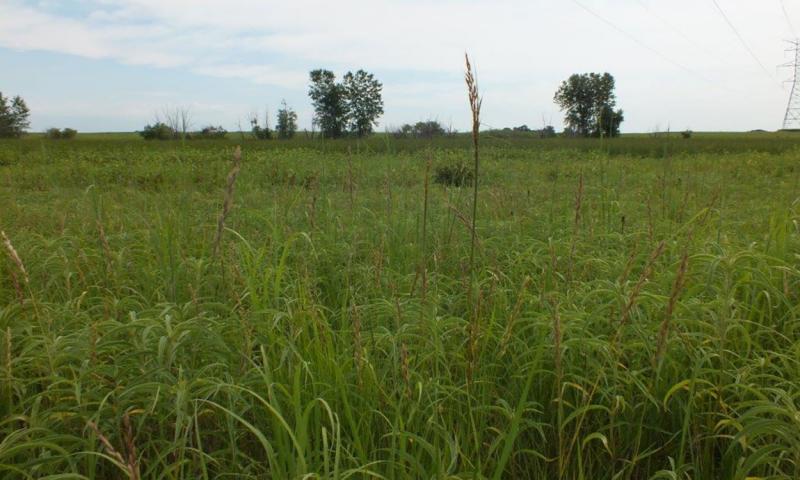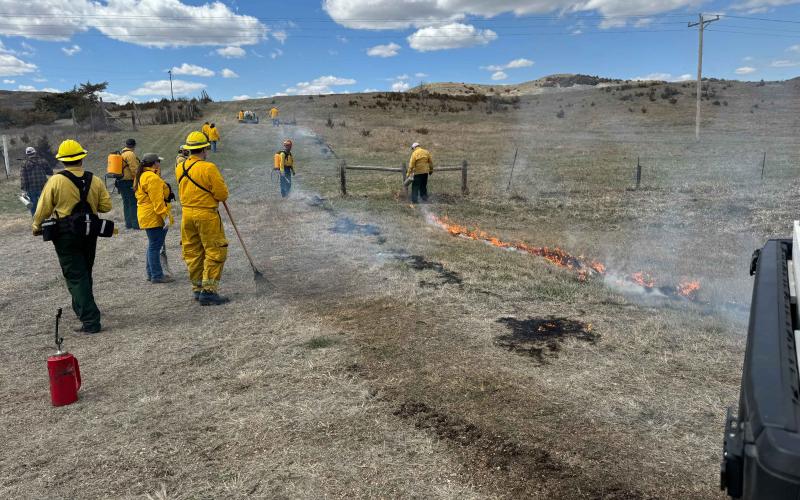
Grasses are often divided into two groups based on their season of growth. Cool-season grasses grow in the early part of the growing season (spring and early summer), while warm-season grasses grow later in the season (early summer to late summer). A mix of warm and cool-season grasses is essential to a successful grazing management system due to differences in maturity rates and forage production. In much of South Dakota, healthy native grasslands will have a good natural mix of cool and warm-season species.
Typical warm-season grasses found in South Dakota are big bluestem, Indiangrass, switchgrass, little bluestem, sideoats grama and blue grama. Some examples of cool-season grasses found in South Dakota are western wheatgrass (South Dakota’s state grass), green needlegrass and needle-and-thread—all native to the land. More aggressive, introduced cool-season species include smooth bromegrass, Kentucky bluegrass, crested wheatgrass and cheatgrass. These grasses tend to be most productive in spring and fall, and because they recover quite well from disturbance, can be highly invasive in many native pastures.
Depending on where you are in the state, your land may be dominated by either cool-season grasses or by warm-season grasses. Oftentimes improved grazing management (i.e., rotational grazing, changing season of use, etc.) can lead to an increase in the missing component. Sometimes achieving a mix of warm and cool-season species may require seeding pastures or portions of pastures to the group that is not abundant. Use of prescribed burning can also improve your warm-season grass populations in pastures.
The Healthy Grasslands article series is provided by the South Dakota Grassland Coalition in partnership with SDSU Extension. Contributing editors: Alexander J. Smart, Peter J. Bauman and Joshua Lefers. © South Dakota Grassland Coalition 2017. For more information, view the full publication or visit the South Dakota Grassland Coalition website.


